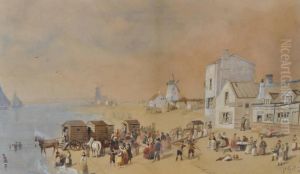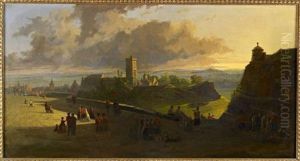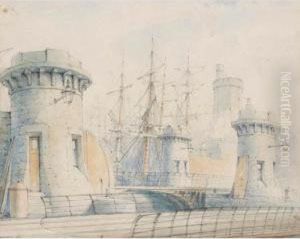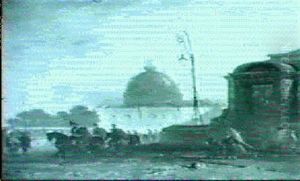William Gawin Herdman Paintings
William Gawin Herdman was an English painter, author, and illustrator, born in 1805 in Liverpool, England. He is best known for his detailed paintings and drawings of Liverpool and its surroundings during the 19th century. Herdman's work is notable for its historical value, capturing the urban and social transformation of Liverpool during the Industrial Revolution.
From an early age, Herdman showed an affinity for the arts and began his artistic education in Liverpool. His interest in capturing the essence of his hometown and its development was evident in his extensive body of work. He was particularly interested in the architectural changes the city was undergoing, and his paintings often feature the newly constructed buildings, bustling streets, and the busy docks that were synonymous with Liverpool's growth as a major port.
Herdman was not only an artist but also a writer. He authored several books, including 'Pictorial Relics of Ancient Liverpool,' which included a series of his own illustrations. This work, along with his other publications, contributed significantly to the documentation of Liverpool’s history and heritage.
Throughout his career, Herdman exhibited at various art institutions, including the Liverpool Academy of Arts, and he was an active member of the Liverpool artistic community. His works were well-received, and his dedication to portraying the city of Liverpool earned him a respected place among local historians and art enthusiasts.
William Gawin Herdman continued to paint and write until his death in 1882. Today, his paintings are held in several public collections, including the National Museums Liverpool, and they continue to be appreciated for their historical significance and artistic merit.


























